-

Normal Midwifery Questions and answers
Vital observations. Vital observations like blood pressure is taken to rule out conditions like pre-eclampsia that will necessitate referral. Physical examination. This is done to exclude conditions like anaemia, jundice, dehydration, oedema, malnutrition. External pelvic assessment. This is done especially from 36 weeks of gestation those mothers who have not delivered vaginally and prime gravidas…
-
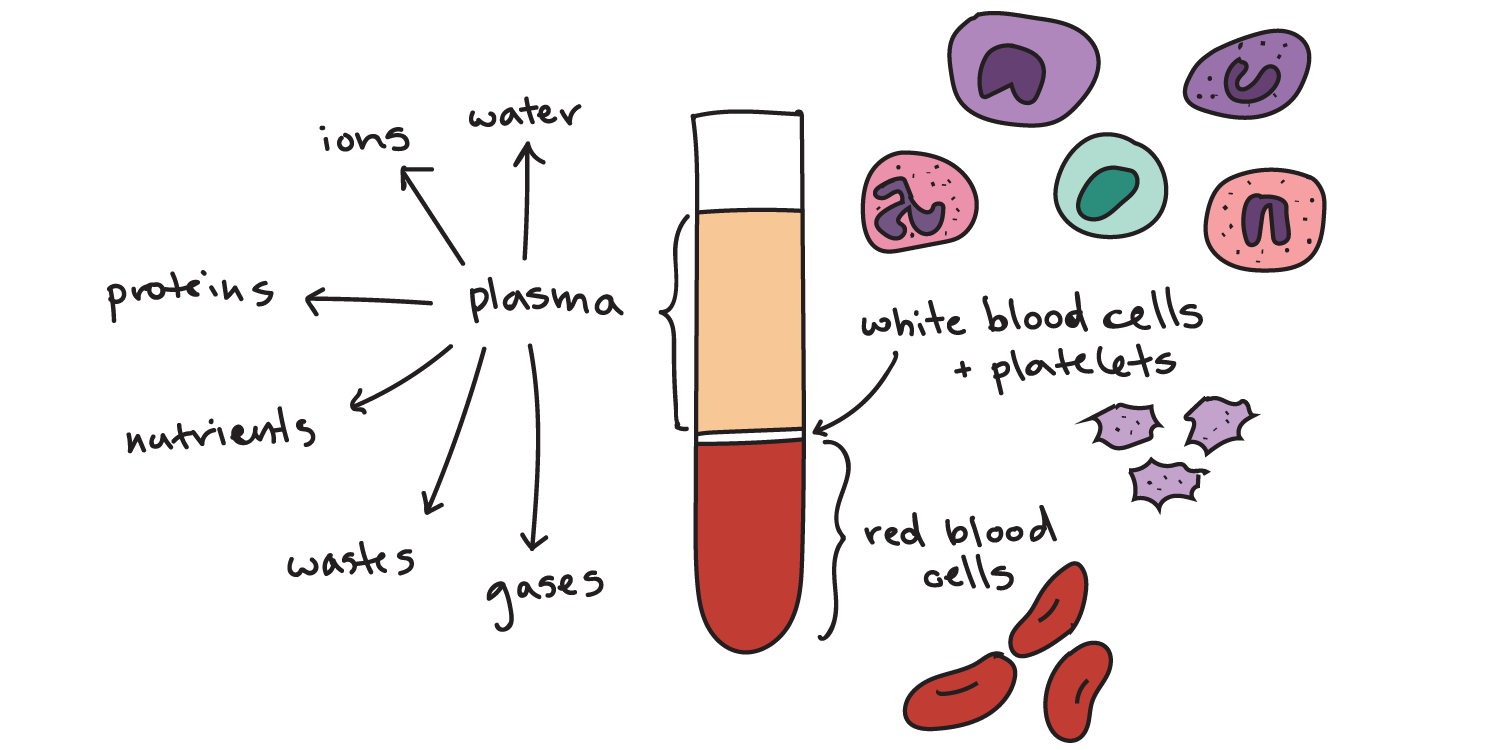
Blood and its composition
Module Unit CN-111: Anatomy and Physiology (I) Contact Hours: 60 Module Unit Description: Introduces students to the anatomy and physiology of the human body, covering the structure and function of different body parts and systems, specifically skeletal, muscular, circulatory, and digestive systems. Learning Outcomes for this Unit: By the end of this unit, the student…
-
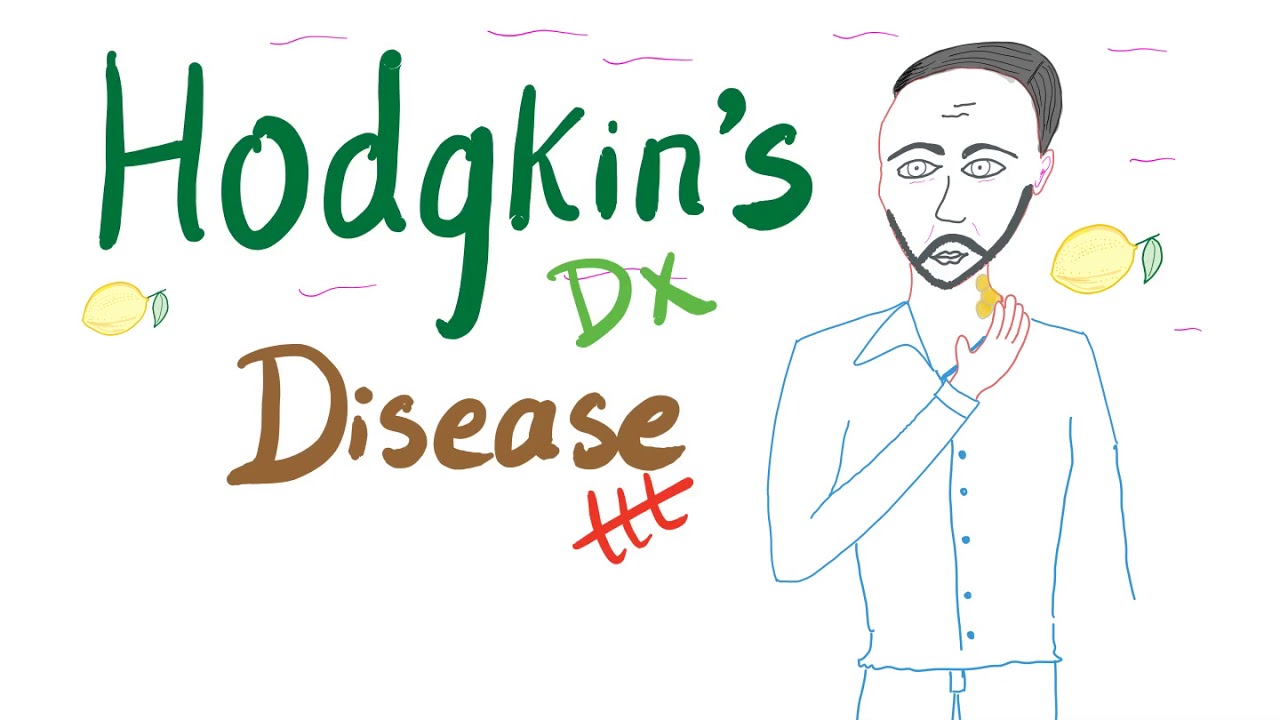
Hodgkin’s Disease
Hodgkin’s disease Hodgkin’s disease, also called Hodgkin’s lymphoma, is a type of lymphoma. LYMPHOMAS Lymphomas are malignant neoplasms (cancer) of lymphoid tissue. Lymphoma is a form of cancer that affects the immune system – it is a cancer of immune cells called lymphocytes, a type of white blood cells. There is abnormal proliferation of…
-

DISEASE OF LYMPH VESSELS
Lymphoedema/lymphatic dysfunction Lymphoedema refers to swelling in the tissues due to obstruction of lymph drainage Lymphedema is also defined as the interstitial collection of protein-rich fluid due to disruption of lymphatic flow. When lymph vessel is obstructed, lymph accumulates in the distal parts leading to low grade inflammation and lymph vessels Lymphatic dysfunction means that…
-
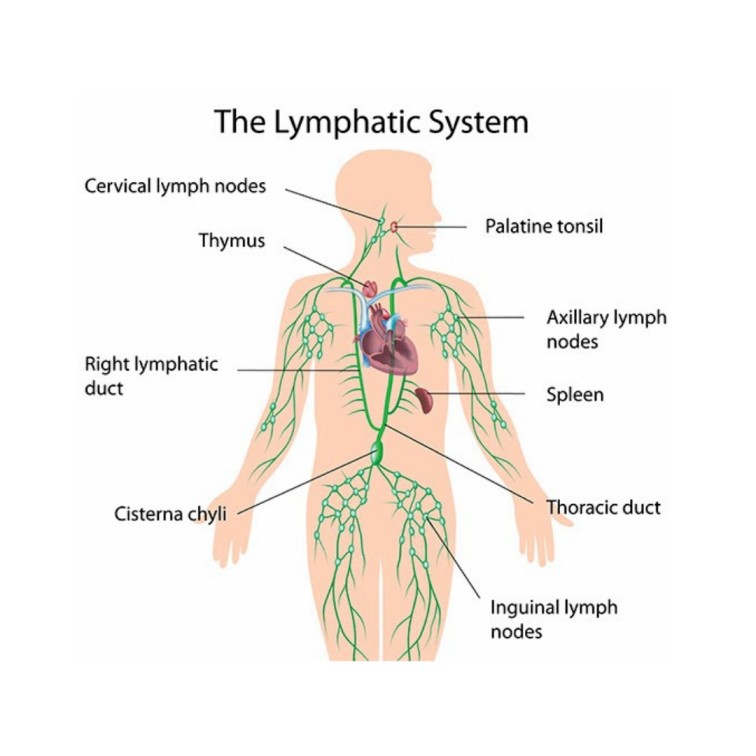
Anatomy and Physiology of the Lymphatic System
ANATOMY AND PHYSIOLOGY OF LYMPHATIC SYSTEM The lymphatic system is part of the circulatory system which begins with very small close ended vessels called lymphatic capillaries which is in contact with the surrounding tissues and interstitial fluid. The lymphatic system is almost a parallel system to the blood circulatorysystem. It consist of: Lymph Lymph vessel…
-

Benign Prostatic Hyperplasia (BPH)
BPH BPH-Benign prostatic hyperplasia is the enlargement, or hypertrophy, of the prostate gland. BPH is common in elderly men over 60 years and above Common causes of BPH and Pathophysiology The outcome of BPH depends on two major factors i.e. Anatomical factors: These involve enlargement of the Prostate gland which produces a physical blockage at…
-
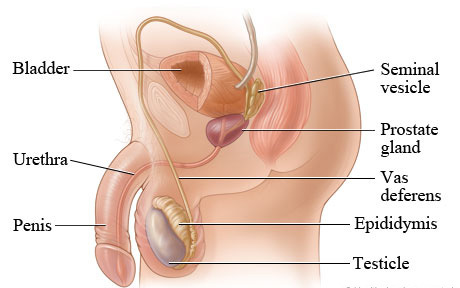
Erectile Dysfunction Medications
Erectile Dysfunction Erectile dysfunction, ED is the inability of the male to attain and maintain an erection sufficient to permit satisfactory sexual intercourse. Penile erectile dysfunction is a condition in which the corpus cavernosum does not fill with blood to allow for penile erection. This can result from the aging process and in vascular and…
-
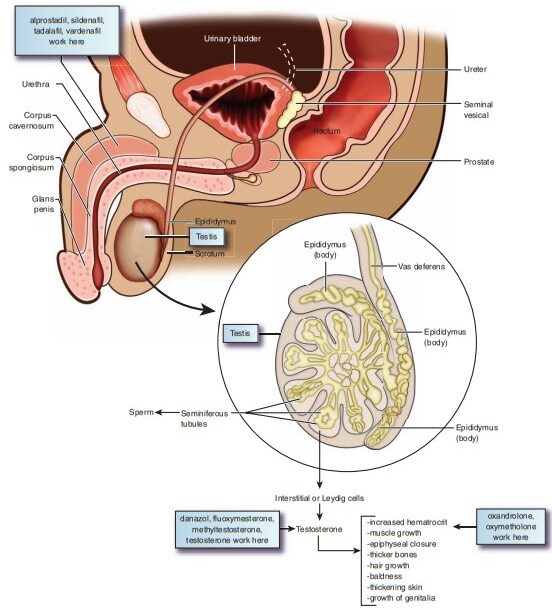
Androgens
Androgens Androgens are male sex hormones Androgens include Testosterone, which is produced in the testes, and the Androgens, which are produced in the Adrenal glands. Androgens are chiefly produced in the testes and small amounts in adrenal cortex. In female, small amounts are produced in the ovary and adrenal cortex. Testosterone is the most…
-
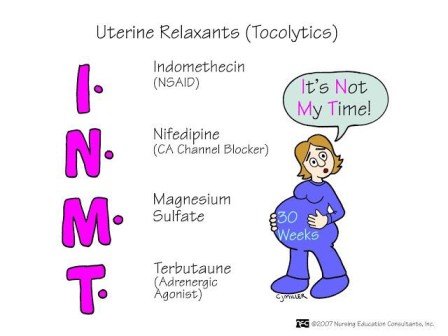
Uterine Relaxants
Uterine Relaxants Uterine Relaxants are drugs which inhibit uterine motility by decreasing the frequency and strength of contractions. Uterine Relaxants are drugs that inhibit uterine contractions and prolong pregnancy to allow the fetus develop more fully, thereby increasing the chances of neonatal survival. These drugs prevent premature labor. It can succeed if only the cervical…
-

Drugs used in Labor
Drugs used in Labour Drugs used in labour can be grouped according to the effect they have on the uterus. Uterine Stimulants/Uterine Mortility drugs. (Oxytocics) Uterine relaxants (Tocolytics) Uterine Stimulants/Uterine Motility Drugs(Oxytocics) Uterine motility drugs stimulate uterine contractions to assist labor (oxytocics) or induce abortion (abortifacients). Oxytocics Oxytocics stimulate contraction of the uterus, much like…
